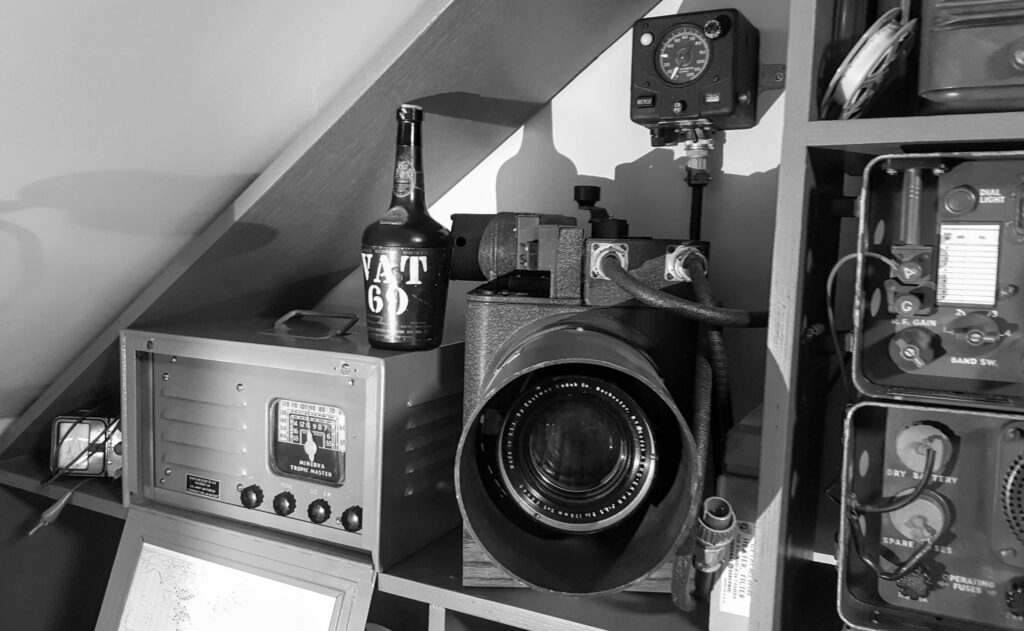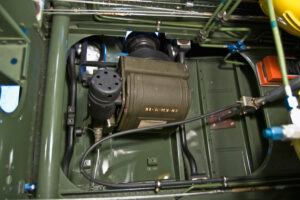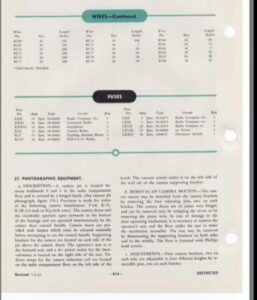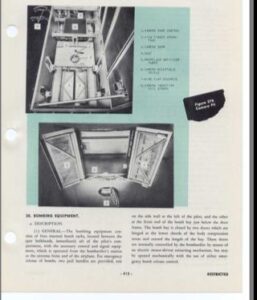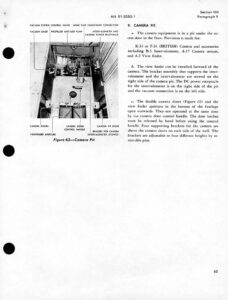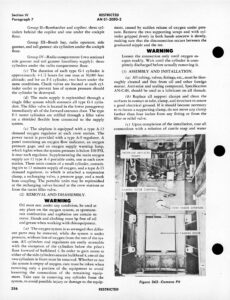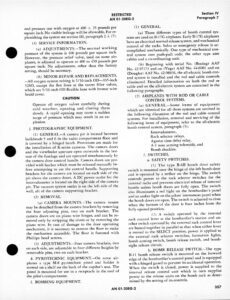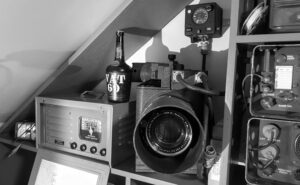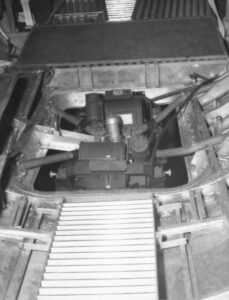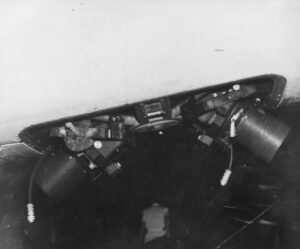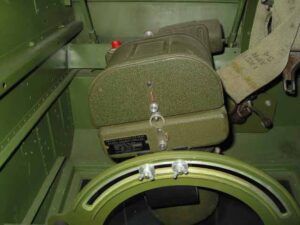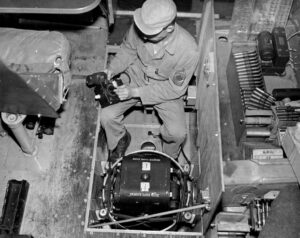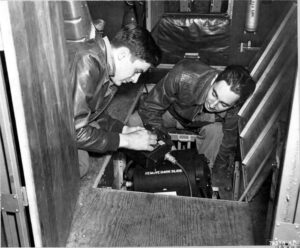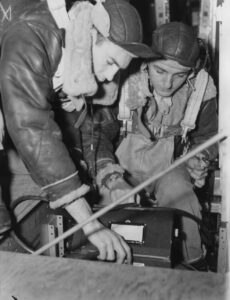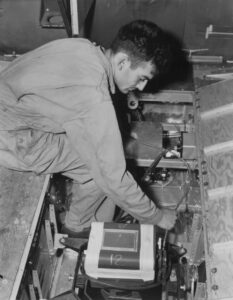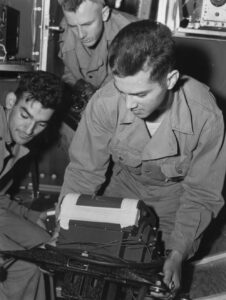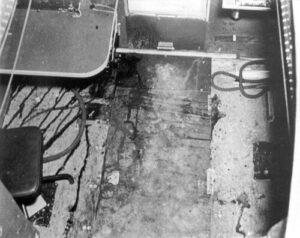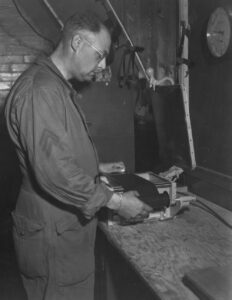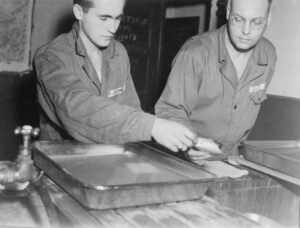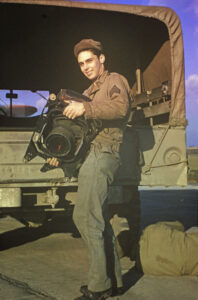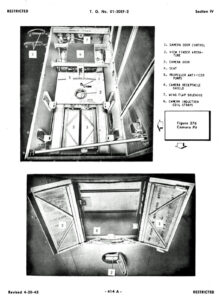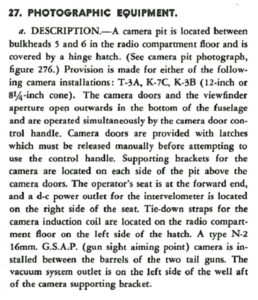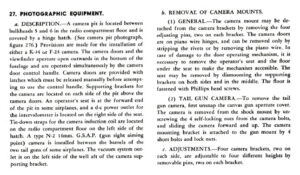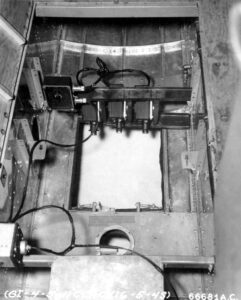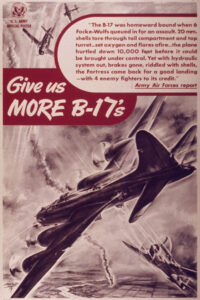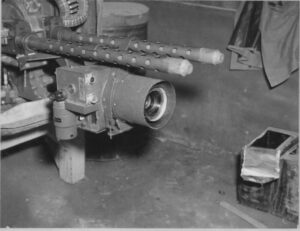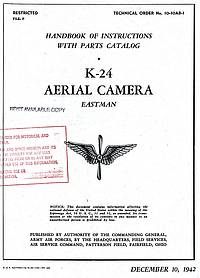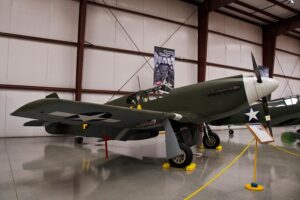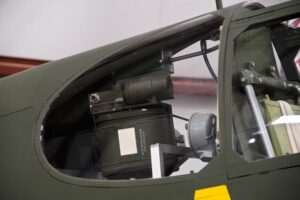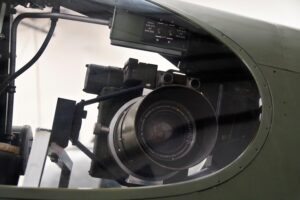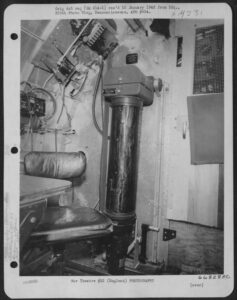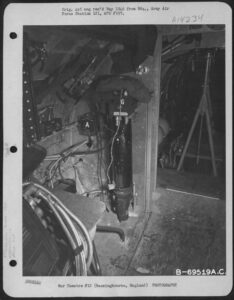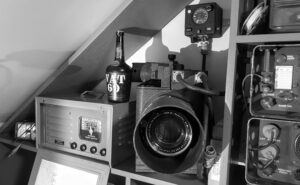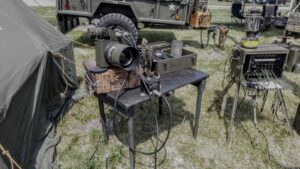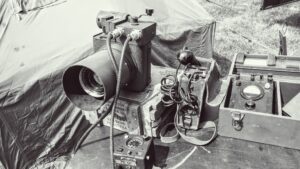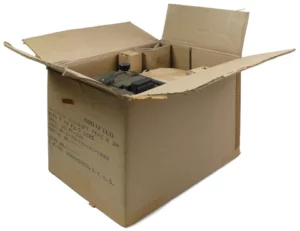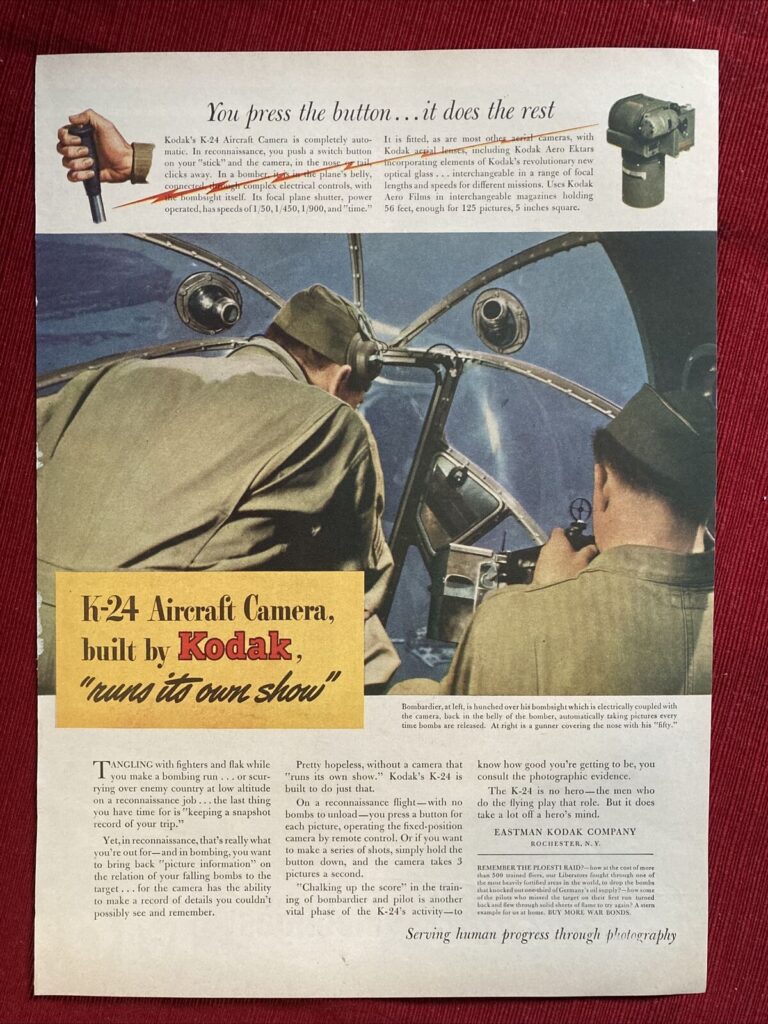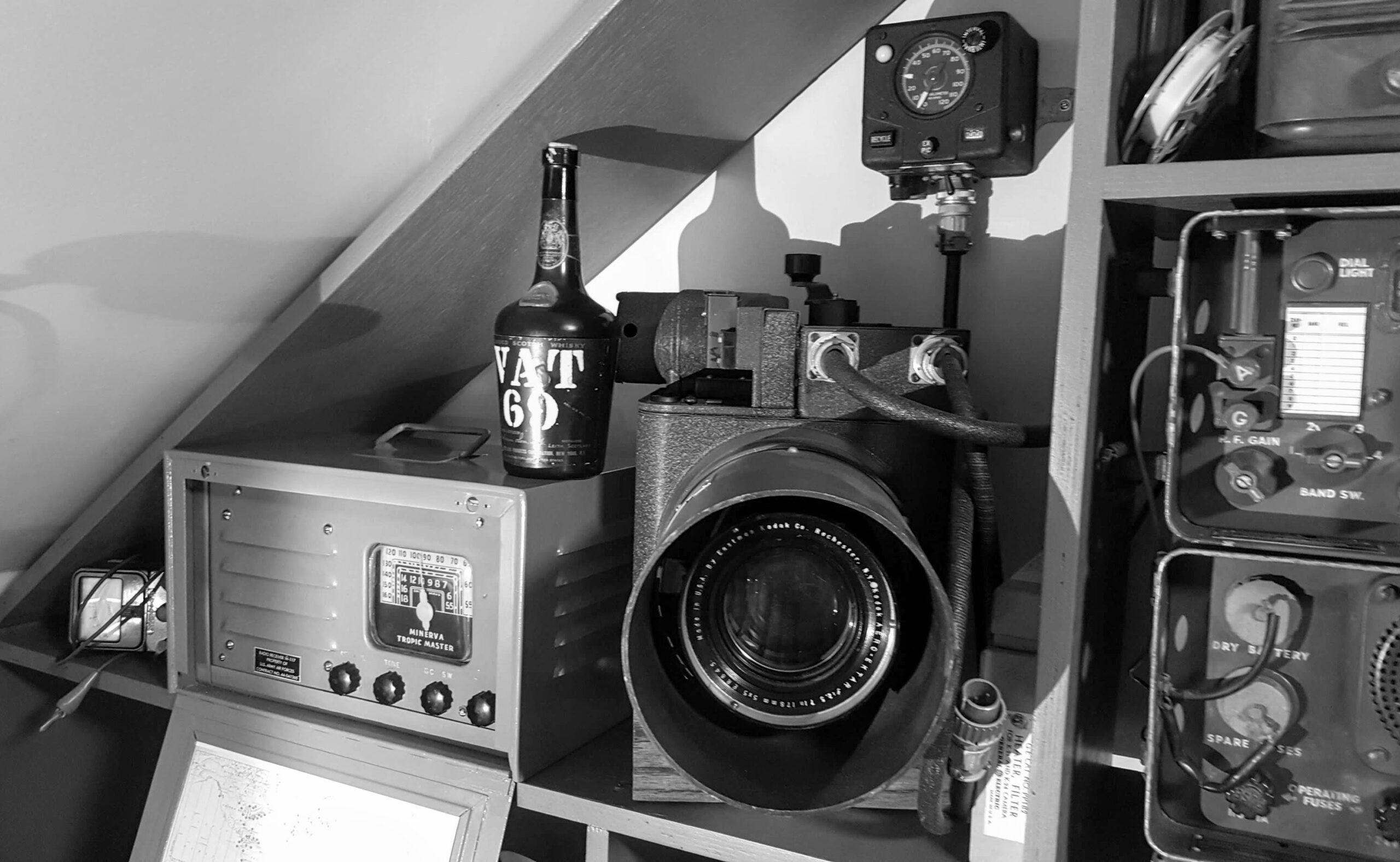
WWII K-24 Aerial Camera
WWII K-24 Aerial Camera
I picked up this 1944 Eastman Kodak Camera at a gun show in 2011, Amazing find. Still sealed in the original box, with all the accessories, curtains, film rolls, shutters, lenses, all cables, lens heaters, desiccant, etc. It was New Old Stock (NOS). Still had the velvet-backed paper protecting the lens. Later I bought the matching intervalometer for timing the shutter to the ‘bombs away’ switch. The camera is fully functional.
Thanks to Eastman Kodak Co. Historical Archives, National Air And Space Museum Archives, The National Museum of the United States Air Force, and the Hangar Thirteen Foundation
The K-24 camera, developed in 1942, is a modification of the British F-24 camera. The K-24 camera is 10 pounds lighter than its British counterpart. More than 9,000 K-24 cameras were made for use in tactical reconnaissance aircraft and bombers in World War II, including the B-17, B-25, B-24, B-29, Supermarine Spitfire, the North American F-6 (modified P-51), and the Canadian-built De Havilland F-8 (modified Mosquito). The K-24 camera had two basic functions: night aerial reconnaissance and orientation, or verifying a bomber’s position over a target when a bomb is released. The Kodak K-24 is an electrically controlled aerial reconnaissance camera that used special roll film. It has a Kodak Aero Ektar f/2.5 7in 178mm 5×5 lens. It was made for the U.S. Army’s Airforces.
This camera was manufactured by Eastman Kodak Co.

